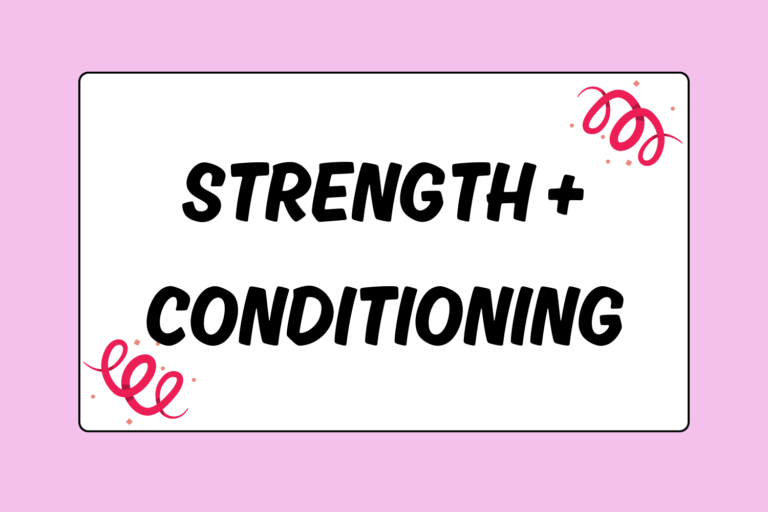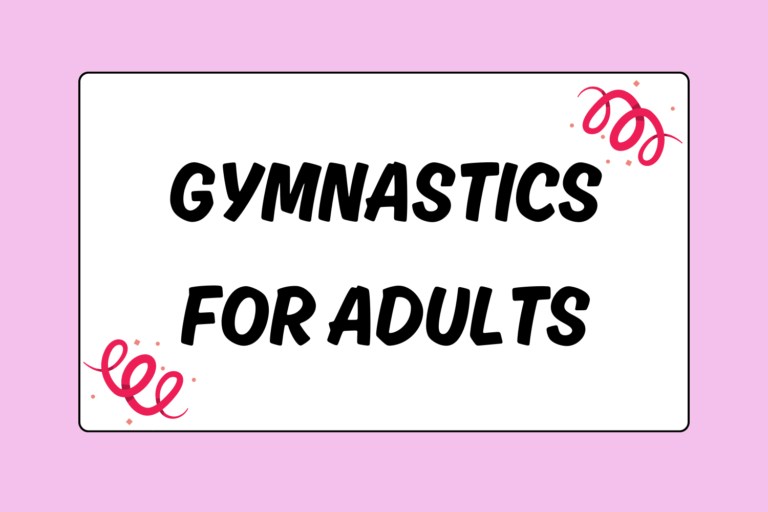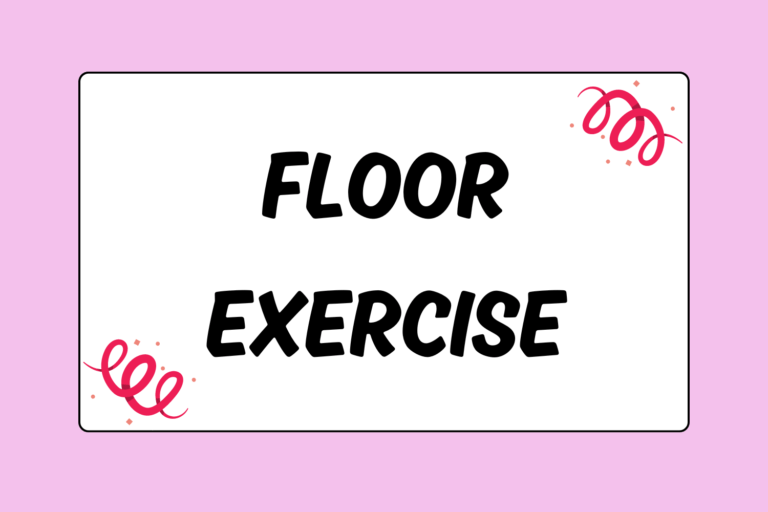Women’s artistic gymnastics is broken into ten competitive levels: Levels 1-3 are developmental; and levels 4-10 are competitive. For most young gymnasts, the first taste of competition comes at the level 4 stage of their career, which is also the first step of the Junior Olympic (JO) program. The JO system is designed to help young gymnasts learn the basic skills needed to advance through the sport of artistic gymnastics.
If you are considering entering the competitive arena of women’s artistic gymnastics, it is important to understand the breakdown of the different levels and how to get started in each.
Here is a basic explanation of how you grow in competitive gymnastics and what beginning skills are required to advance to level 4 and beyond.
Getting to Level 4
Most gymnasts start the sport when they are very young—generally younger than five or six years old. They begin with basic tumbling classes, and as they grow, will learn more complex skills on a variety of apparatus including the vault, beam, floor and bars.
If a gymnast wants to continue and become competitive in the sport, she will need to join a team. Most competitive programs will require a coach’s invitation. This invite does not depend solely on talent or ability, but is equally determined by the behavior of the child – good listening skills, ability to follow instructions, and the willingness to try and learn are important factors when seeking an invitation to join the team.
Pre-Team
Once accepted, the gymnast will be placed in levels 1, 2, or 3 of the competitive track; the athletes in levels 1-3 make up what is called the pre-team. The pre-team does not participate in actual competition, but will train and practice in the same gym and with the same coach as the competitive, more advanced gymnasts. Therefore, pre-team athletes are still considered a part of a gymnastics team.
Important Differences
Once on the team, a gymnast can expect some significant changes between their former recreational programs and the competitive gymnastics track.
For starters, the practice sessions will be longer. Generally recreation programs meet one time per week for one hour a session, but for pre-team gymnasts, practice jumps to two or more days a week. The length of each session will also increase as determined by the coach.
Secondly, the level of discipline required will change: Coaches will strongly emphasize listening and following instructions; flexibility and form will also be stressed. For many young gymnasts (under age six), this abrupt difference is too much for them to handle. Before you accept team status for your young gymnast, you must understand that the JO track is an exciting opportunity, but also a large commitment.
Reaching Competition
If you do choose this path and the young gymnast develops well, she will eventually reach a level 4 status when official competition is allowed.
Fun Fact:
According to the International Federation of Gymnastics (FIG), a Level 4 gymnast must be at least six years old in order to compete.
Level 4 Skills
For most gymnasts, it will take about a year to gain all the skills needed to reach level 4. Once all the required skills are in place, a coach may graduate her from the pre-team phase into the level 4 competitive team category.
Here is a list of skills that a level 4 gymnasts needs to know how to perform on each apparatus.
- Floor: The splits (both front legs and middle), a split leap, a backbend, a round off and a back handspring
- Beam: A 90-degree split leap, a ¾ handstand and a side handstand dismount
- Bars: A pullover, front hip circle, mill circle, back hip circle and an undershoot dismount
- Vault: The gymnast will need to know how to start the beginning portion of a front handspring onto the table. The competitive vault is actually a handstand back-fall onto a stack of mats.
Every performance in level 4 is mandatory and each gymnast will complete the same compulsory routine. The goal for a level 4 gymnast is to master the fundamental skills on each apparatus. Routines for each apparatus will incorporate the skills listed above and judges will look for both execution of the fundamentals as well as form and body alignment.
Progression
There isn’t a competitive requirement a gymnast must meet before she can move up to the next level in gymnastics. The decision is personal and a collaborative process between the gymnast, parent and coach. Most gymnasts become a level 4 after being in gymnastics for one to two years and for most it takes one to two years to move up to the next level (level 5).
In order for a gymnast to move up to the next level, certain skills must be established.
Here are some of the skills required to compete at level 5:
- Floor: Dive roll, front handspring, split leap, step side hop, back extension handstand, back walkover, round off two back handsprings
- Beam: 120-degree split leap, handstand, cartwheel, 120 split jump, side handstand dismount
- Bars: Kip (both bars), front hip circle, tuck on, jump to high bar, tap swings, half turn dismount
- Vault: Handspring vault
Just as a level 4 gymnast is required to be at least six years of age, a level 5 gymnast must be at least seven years old in order to compete.
Growth
Gymnasts will continue to perform compulsory routines in competitive gymnastics through level 6. Once a gymnast becomes a level 7 competitor, she and her coach create their own routines with certain required elements for each apparatus. The opportunity to compete on the national and international stage opens up once a gymnast reaches level 10.
To climb that competitive ladder, it takes years of dedication and hard work. The real competition starts at level 4, but will slowly build to level 5 and beyond as the gymnast’s skills and performances improve. There are likely to be some bumps and bruises along the way, but if the athlete stays committed to the sport, they will grow as a gymnast and progress to the level desired.





